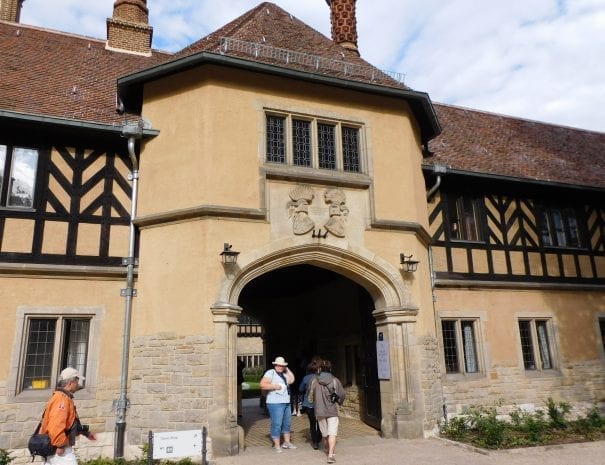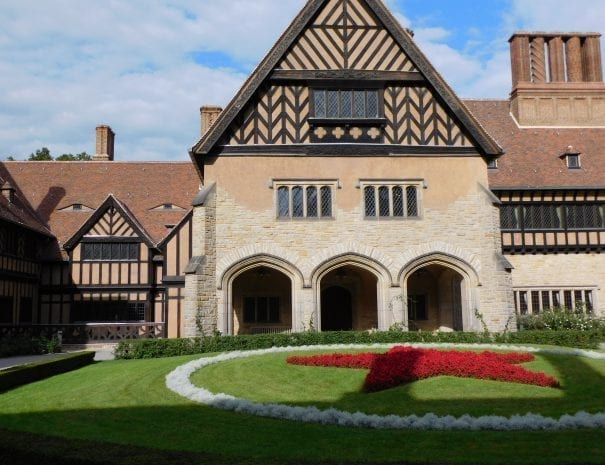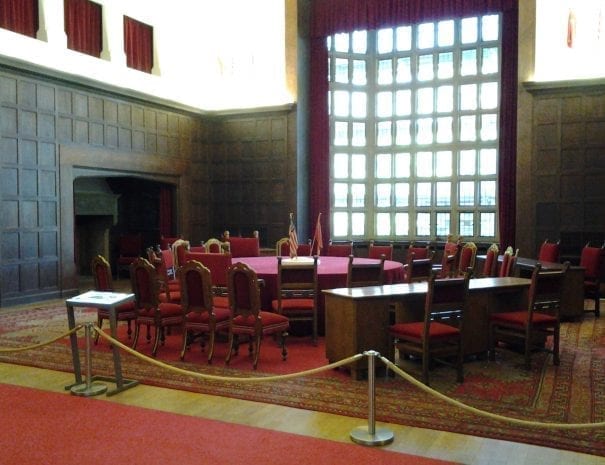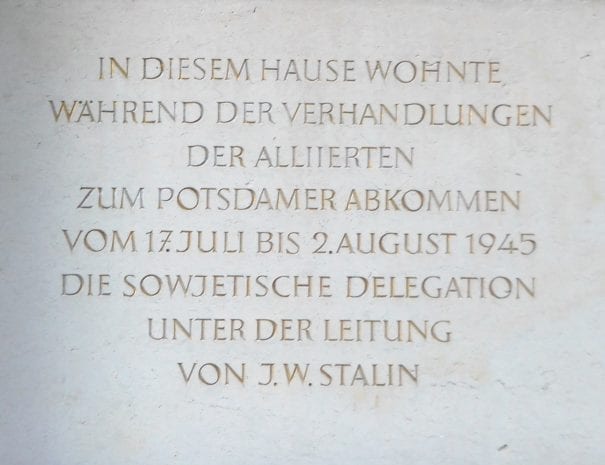Cold War
Potsdam – The “craddle” of the Cold War
The current capital city of the federal state of Brandenburg – Potsdam – enters the history books in the form of a curious gift from Emperor Otto III. to his aunt, the abbess of Quedlinburg in the year 993. However, it is only after the incidents that occurred in its vicinity during two weeks in the summer of 1945, when the city entered the annals of Universal History: the framework for the difficult and tense negotiations during the "Berlin Conference" that made Potsdam the world famous "Cradle of the Cold War". The idyllic setting, with historic connection between the former royal residences Berlin and Potsdam, has remained one of the most popular locations since the 18th century. As a consequence of the agreements reached at the end of the Treaty of Potsdam, which came into force after January 1946, the 4 "D's (Denazification, Demilitarization, Democratization, Decentralization of Germany) transform the localities of Klein Glienicke (on the Berlin side) and the "Berliner Vorstadt" (on the Potsdam side) in a "military high security zone" for the Allied and Soviet occupation troops. From the first to the last moment of the so-called "Cold War", two old Prussian palaces, a secular bridge and a 19th century Italian style villa on the banks of Lake Jungfernsee are listed as the "hottest spot" of the German division. Starting from the area of Klein Glienicke, in the city limits between Berlin and Potsdam, walking through a part of the New Gardens complex this tour ends in the palace of Cecilienhof. Optionally: a walk along the housing estate Villenkolonie Babelsberg (the accomodations of the russian, american and british delegations during the Potsdam Conference.This tour can be performed walking or driving.








Previous
Next




